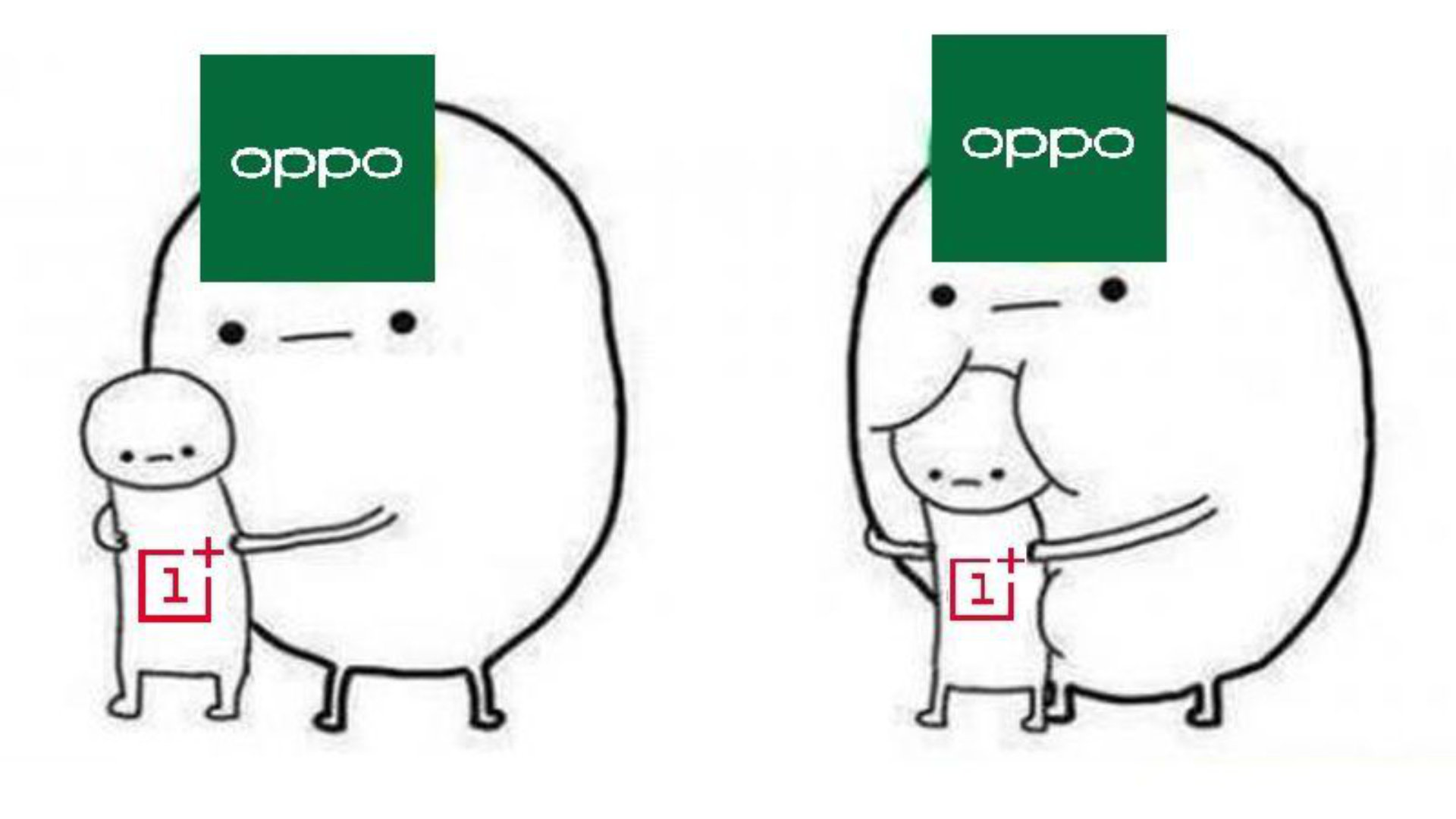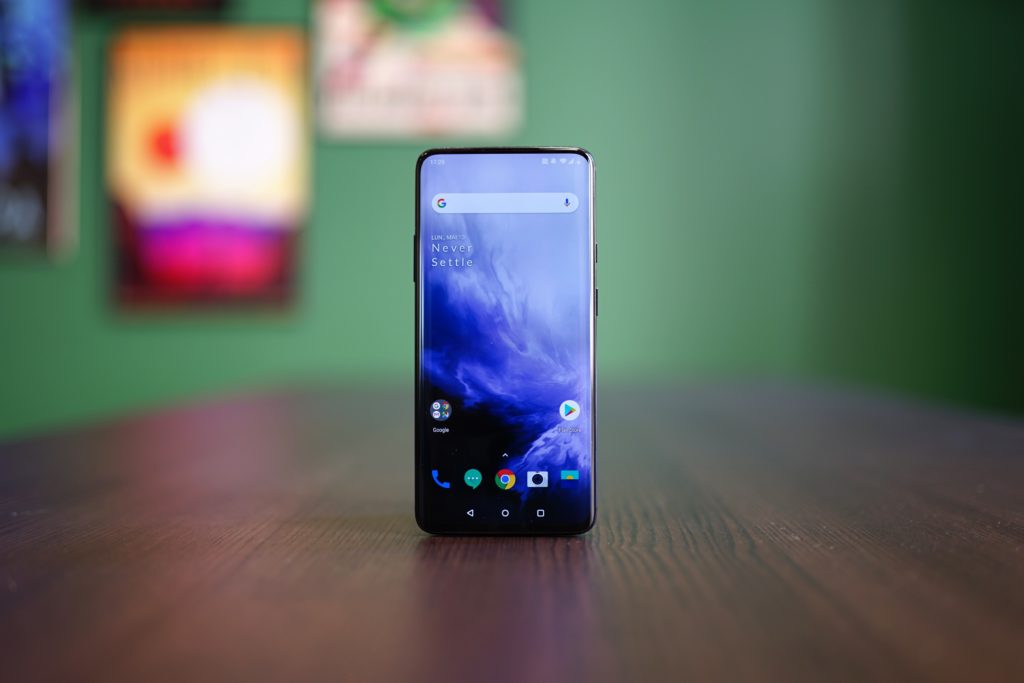
Could the merger between OnePlus and Oppo sign the end of OxygenOS, the OnePlus mobile operating system? In documents internal to the company, it is stated that above all, the subject should not be broached, which is hardly reassuring.
As we have known since June 16, OnePlus will get even closer to its sister brand Oppo. The Chinese manufacturer, which has long attracted technophiles with high-end smartphones at sacrificed prices, will ” integrate more [son] organization with that ofOppo “while continuing” to operate independently »Said its CEO.
OnePlus becomes a brand of Oppo
But between official discourse and practice, there are sometimes small differences. Renowned journalist Evan Blass got a list of Oppo-dictated pieces of language on the subject, and the document delivers some interesting information about the future of OnePlus.
Just received these talking points on the new relationship between Oppo and OnePlus. Might help to clear up some confusion. pic.twitter.com/mIVyjcmeKD
– Evan Blass (@evleaks) June 18, 2021
” With this integration, Oneplus will become a brand owned by Oppo », Can we read in these communication instructions. The announcement is not really a surprise since it has been a few years since Oppo and OnePlus have actually been working hand in hand on the R&D phases. But this formalization has the merit of saying things clearly even if it is once again specified that OnePlus will continue despite everything ” to operate as an independent company “.
Refusal to communicate on the future software
Where Oppo’s communication instructions are less reassuring, it is on the future software of OnePlus. At the top of the document relayed by Evan Blass we can see a ” Important note »Highlighted in orange which specifies that« not answer questions regarding the integration of ColorOS or any OS », Proving that there is a sensitive subject on that side. Pete Lau had however made it clear at the time of the merger that there would be no change on the software side.
ColorOS is the name of the operating system of Oppo smartphones while at OnePlus we use OxygenOS. Both software are based on Android, but bring their specificities to the Google ecosystem. Except that having two separate operating systems within the same brand is a handicap for the company which must keep two different OS up to date – which requires more time and money than centralized development.
OxygenOS at risk?
We can therefore imagine that in the long term OxygenOS (the OnePlus system) will therefore be replaced by ColorOS to unify the software ecosystem of the new ” Mark»Oppo. But the prospect is not necessarily encouraging. The OnePlus operating system is traditionally quite close to the “stock” Android (the one built by Google) and therefore benefits from impeccable fluidity and rapid updates monitoring since OnePlus only adds a few bricks home software.

On the other hand, Oppo has imposed its paw on ColorOS much more by redesigning Android, removing or adding certain functions and sometimes including preinstalled applications such as Booking, Amazon Prime Video or Netflix. The system certainly offers significant possibilities for customization, but the further you move away from Google’s Android, the more updates can take a long time to arrive. Seeing ColorOS potentially prevailing on OnePlus smartphones is also taking the risk of less careful software monitoring.
In fact, we already feel that OnePlus and OxygenOS are no longer necessarily a priority in the company. The OnePlus 8 released in April 2020 for € 699 has still not been officially entitled to Android 11 while the 12th version will soon be released. The fact that Oppo refuses for the moment to communicate on the future software at OnePlus is not a very reassuring signal.



